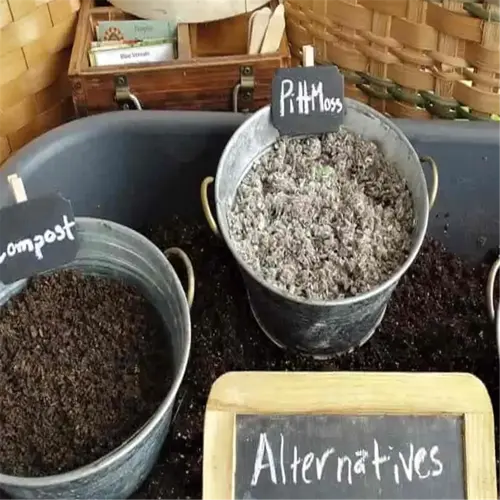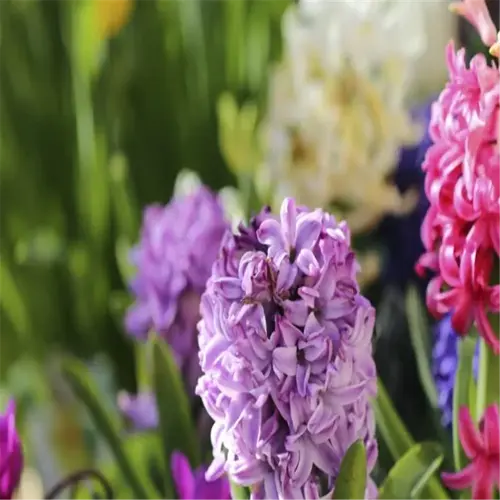Why avoid plastic-only plant covers?

Written by
Paul Reynolds
Reviewed by
Prof. Martin Thorne, Ph.D.Plastic-only covers produce lethal condensation and then refreeze on leaves. I lit an entire row of lettuce when trapped moisture froze to ice crystals overnight! This material doesn't breathe and, as such, creates a microclimate that can be as much as 5°F cooler than uncovered plants in certain conditions. Always combine plastic with a layer of insulation, like burlap or frost cloth.
Layered Approach
- Place plastic 6+ inches above breathable fabric
- Use PVC hoops to maintain air gaps
- Secure edges with ground staples every 18 inches
- Remove completely when temps exceed 45°F
Danger Signs
- Visible droplets on underside of plastic
- Plant leaves touching cover surface
- Daytime temps above 50°F under cover
- Prolonged use beyond 36 hours
Moisture patterns in a region can directly influence the risks of applying plastic coverings. In our studies, coastal growers experience a 40% increase in condensation than desert growers. I need to remove plastic daily from my greenhouse in Florida, and often I see my counterparts in Arizona leave single or double covers on for 48 hours without removal. You can track relative humidity in a microclimate from wireless sensors for more accurate control.
Options are available for emergency purposes. Old shower curtains can be effective if mounted on tomato cages. For example, I reuse billboard vinyl scraps, because their small holes provide about 20% airflow when compared to solid plastic. Always test materials when it is 35°F or colder and before using these or any fabric or materials to protect plants.
Read the full article: 12 Ways to Protect Plants from Frost: Expert Tips

